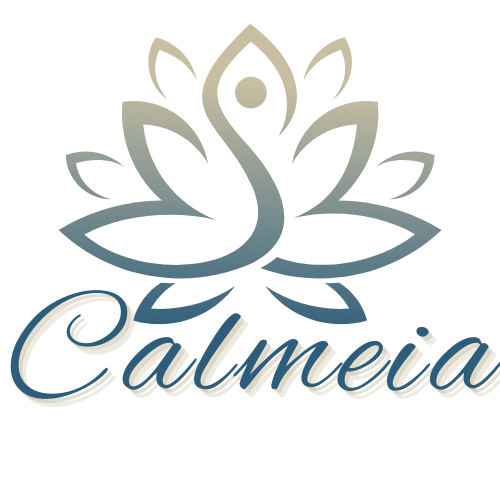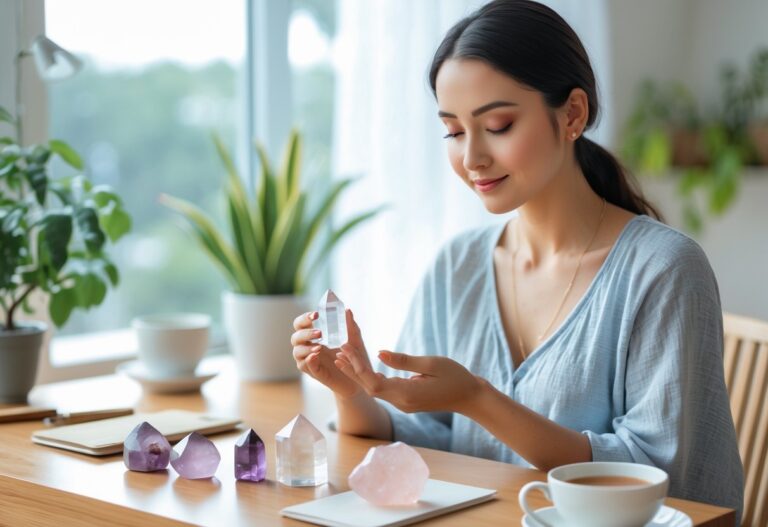Tea meditation is an ancient practice that invites you to slow down and just be, grounding yourself in the now through the simple act of preparing and drinking tea. It blends mindfulness and ritual, giving you a way to find calm and clarity amid the buzz of daily life.
This tradition has roots in cultures like China and Japan, where tea wasn’t just a drink—it was a path toward mental peace and, maybe, even a little spiritual insight.
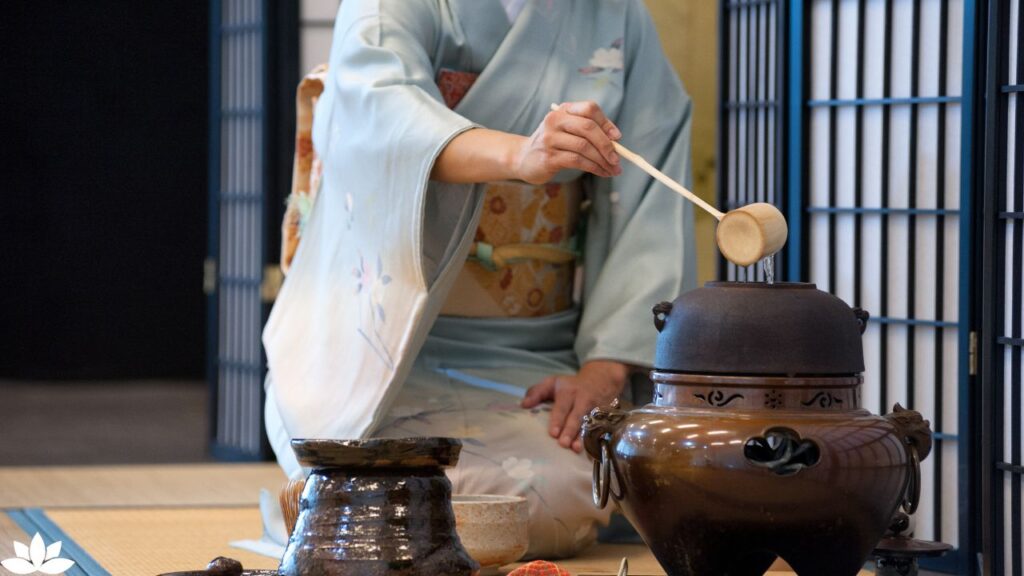
When you sit down for tea meditation, you’re not just sipping a beverage. You’re stepping into a mindful ritual that links you to centuries of thoughtful practice.
Through this, you can ease stress, sharpen your focus, and deepen your awareness of each moment—turning an everyday cup of tea into a little anchor for inner balance. It’s kind of amazing how something so ordinary can be so grounding.
Foundations of Tea Meditation
Tea meditation is about combining mindful tea preparation with a sense of calm and focus. It springs from old traditions and values that shape every part of the experience.
You’ll find that history, Zen philosophy, and core values like respect and harmony all play a part in this calming ritual. Honestly, it’s a lot deeper than it first appears.
Origins and Historical Development
Tea meditation started out in ancient China, where tea was prized for its health benefits. Over time, it became much more—a careful ritual meant to boost focus and relaxation.
The practice traveled to Japan and evolved into the formal tea ceremony, or chanoyu. This ceremony is all about precision and mindfulness in every movement.
Every deliberate action during tea making is meant to help you be present and fully engage with the moment. It’s a way to connect with a history that stretches back centuries, and somehow, that sense of continuity brings peace and respect to the simple act of drinking tea.
Relationship to Zen and Mindfulness
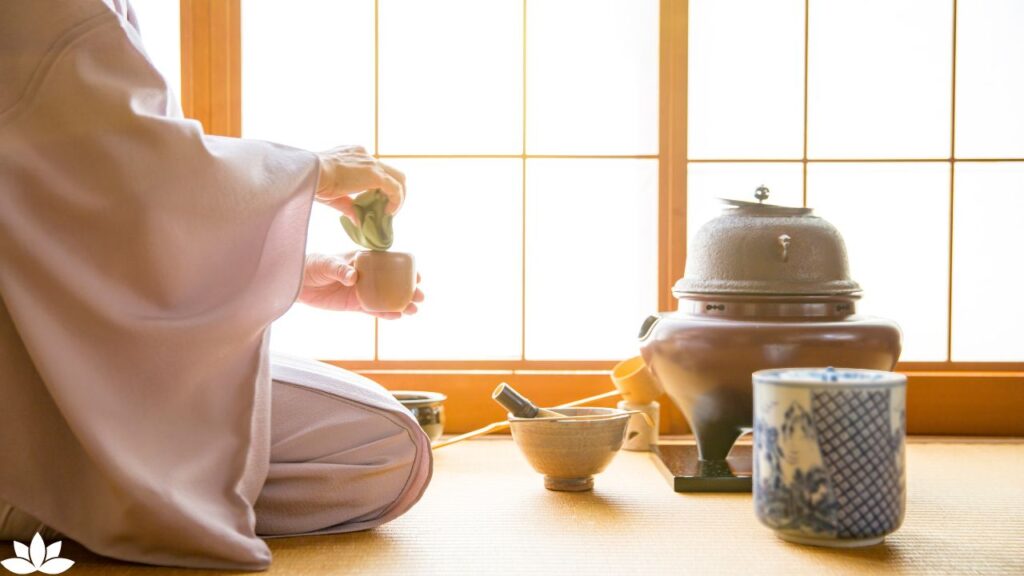
Tea meditation is closely tied to Zen Buddhism, which is all about awareness and presence. In Zen, even everyday actions—like making tea—can become pathways to understanding and calm.
When you practice tea meditation, you’re encouraged to notice every step: the sound of water boiling, the feel of the cup, the aroma of the leaves. That kind of focus can settle your mind and keep you grounded.
The ritual isn’t just about tea—it’s a way to slow down your thoughts. It turns drinking green tea from a quick task into a moment of meditation, giving you a bit more control over stress and maybe even boosting your mental clarity.
Core Principles: Harmony, Respect, Purity, and Tranquility
The art of tea meditation rests on four main principles: harmony, respect, purity, and tranquility. These guide how you approach the practice and interact with your environment.
- Harmony: It’s about finding balance—with nature, the tea, and anyone else present. This balance encourages a sense of peace.
- Respect: You honor the tea, the tools, and the people involved. That respect shows in how you handle every detail, even the tiny ones.
- Purity: Cleanliness matters, both in your surroundings and in your mind. Purity helps you focus fully on the experience.
- Tranquility: The aim is a calm, quiet state. Tranquility comes from paying mindful attention and letting go of distractions.
By following these principles, tea meditation becomes a meaningful pause—a real moment of calm and connection.
The Japanese Tea Ceremony as Meditative Ritual
The Japanese tea ceremony is a careful, purposeful ritual that blends precise movements with deep attention. It centers on preparing matcha, using special tools, and focusing on each moment.
The whole thing guides you to calm your mind and be fully aware. It’s not just a performance—it’s a meditative practice in its own right.
Key Elements and Ritual Preparation
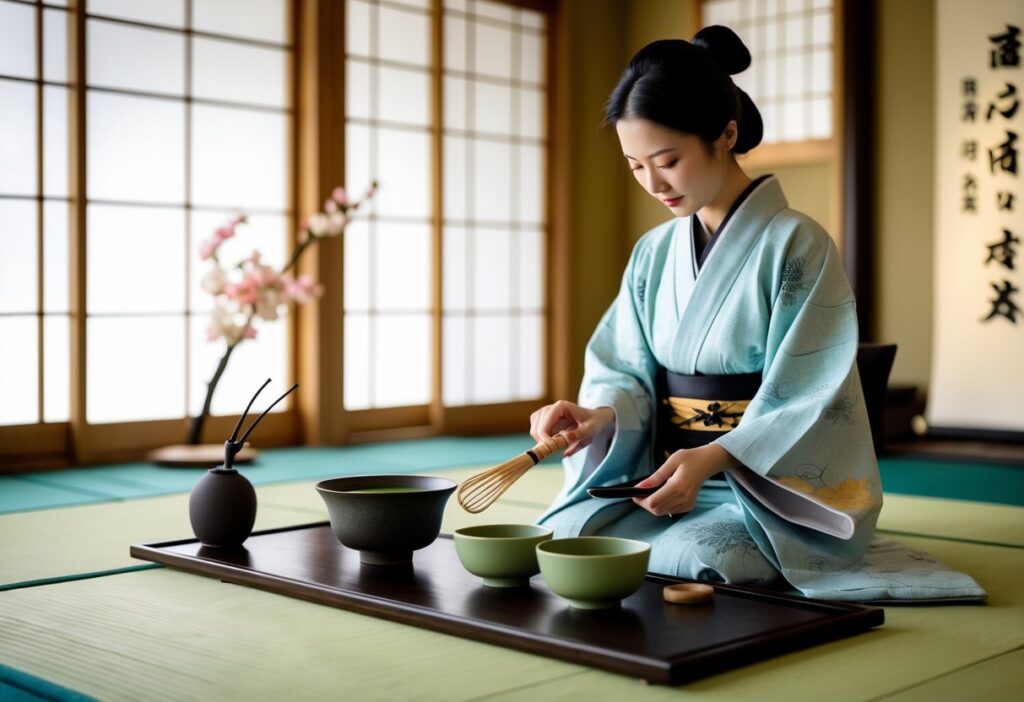
The ceremony usually takes place in a special tea room or garden designed for quiet and simplicity. Every motion is deliberate, from cleaning the utensils to warming the tea bowl.
You follow specific steps to prepare the space, always emphasizing respect and harmony. Your posture, breathing, and the way you handle each object all matter.
The ritual leans on purity, respect, tranquility, and harmony. These four principles shape how you move and interact, turning a simple drink into something meditative.
The Role of Matcha and Ceremonial Tools
Matcha—finely ground green tea—is the heart of the ceremony. Its preparation takes some skill and a bit of care.
You whisk the matcha with hot water in a ceramic bowl until it’s smooth and frothy. Each tool, from the tea bowl (chawan) to the bamboo whisk (chasen) and scoop (chashaku), is chosen for its meaning and function.
These tools are handled gently, with a kind of reverence, linking you with centuries of tradition. You start to appreciate their texture and look, feeling a connection to the tea’s history and Japanese culture.
This attention to detail helps you stay present and focused on the ritual’s meaning. It’s honestly kind of soothing, even if you’re new to it.
So, whether you’re making a quick cup at home or attending a full tea ceremony, there’s something quietly transformative about tea meditation. It’s a reminder that even the smallest rituals can help us find a little more peace and presence in our day. Maybe that’s something we could all use more of.
Embodied Mindfulness During the Ceremony
During the ceremony, your actions and senses turn into a kind of mindfulness practice. You notice the warmth of the bowl in your hands.
The color and smell of the matcha hit you first, then maybe the gentle sound of the whisk. All these little details keep your mind anchored right there in the moment.
Moving slowly, repeating each gesture, you start to clear out some of that mental clutter. There’s no need to rush—every motion has its own purpose.
This way of moving encourages a quiet calm and nudges you toward a meditative state. You start to feel the difference almost without realizing it.
It’s not just about the tea, either; you become aware of the space around you and the present moment. Sharing this experience with others, even in silence, connects you to something bigger—the tradition, the people, maybe even yourself.
Honestly, there’s something special about this kind of presence. If you’ve ever wondered what it means to really be in the here and now, a tea ceremony might just surprise you.
